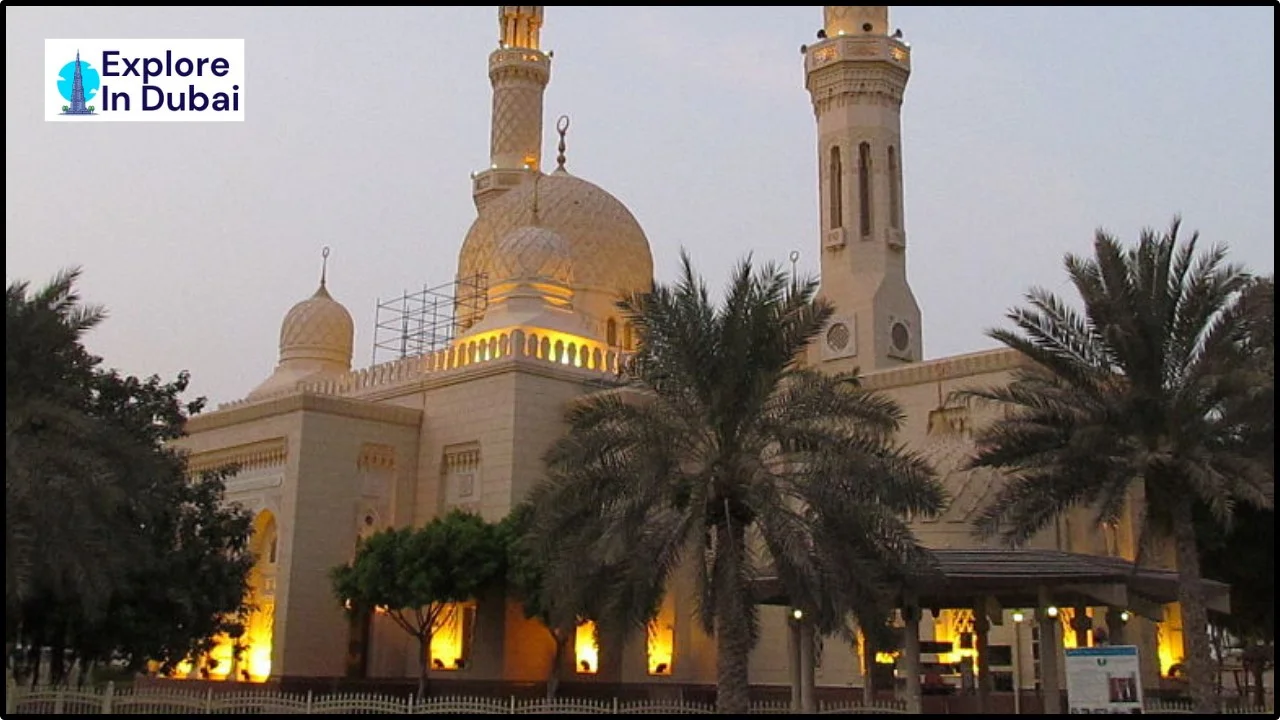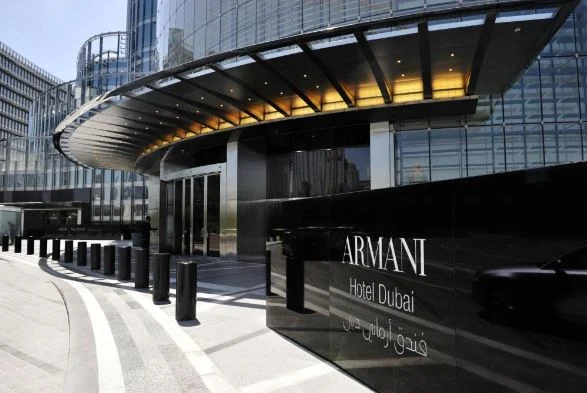Jumeirah Mosque
Religion
Affiliation: Islam
Location
Dubai, Emirate of Dubai, United Arab Emirates
Architecture
Type : Mosque
Style: Islamic Architecture
Date established: 1979
Groundbreaking: 1976
Drive anyplace in Dubai and you won’t get distant without seeing at least a mosque or two. These Jumeirah Mosque are places of adoration for Muslims, but they’re moreover regularly fabulous works of engineering. Jumeirah Mosque, in specific, is one of the foremost celebrated mosques within the city. It is additionally one of the best cultural and verifiable places in Dubai. Being one of the few mosques within the UAE that permit non-Muslim guests, Jumeirah Mosque Dubai is prevalent with people and seekers who need to experience the culture of the city. The white stone exterior, rich minarets and lovely arranging of Jumeirah Mosque, found along the pleasant Jumeirah Shoreline Street make it a quiet location.
One of the most iconic landmarks in Dubai, Jumeirah Mosque welcomes visitors of all faiths to appreciate the surroundings and learn about Islam and the local tradition.
The mosque is massive enough to keep over 1,2000 worshippers and was built absolutely from white stone inside the medieval Fatimid tradition, with towering twin minarets framing a huge imperative dome. When it’s lit up at dusk, the elaborate artistry and splendor are highlighted. Islamic holidays, rituals, traditions, foods and customs are all covered in detail on this tour. You can also hear more about the fasting month of Ramadan. Guests are encouraged to ask questions and photographs are welcome. You can also try traditional Arabic foods including coffee, dates and other foods.
Overview
The Jumeirah Mosque (Arabic: مسجد جميرا) is a mosque in Dubai, Dubai, United Arab Emirates. Construction began in 1976, The mosque is built in the traditional Fatimid style that originated in Syria and Egypt. Opened in 1979, visits to Jumeirah Mosque have become a major activity under ‘Opening Doors’.Open minds’ The program of the Sheikh Mohammed Center for Cultural Understanding (SMCCU).
The Jumeirah mosque was constructed within 12 months 1979. It was constructed via the architect Sheikh Rashid bin Saeed Al Maktoum. The mosque became a gift to the cutting-edge ruler HH Sheikh Mohammed bin Rashid Al Maktoum. It is located near the region of the desert. It is one of the widely recognized mosques in Dubai. Initially, when the mosque was being built, Jumeirah, the area, wasn’t a totally deserted area. Dubai is starting to unfold, it is starting to broaden. During the length wherein the mosque was being built there had been Arab Fisherman and pear hunters who have been living there. The mosque was built for the purpose of the fabricated feel of the metropolis of Dubai and the citizens and traffic presence within it.
Interior Of Jumeirah Mosque
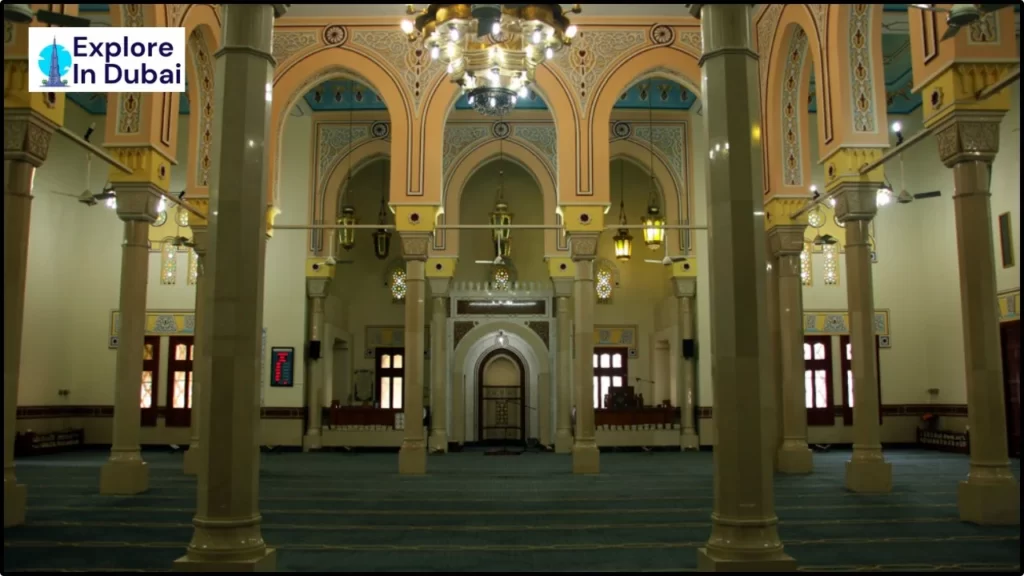
The architecture of the mosque has Islamic features. The mosque is an Islamic architecture mosque as there are a few things you can see here. The interior of the mosque has several pillars as a supporting structure known as the hypostyle arrangement commonly seen in many Islamic architecture mosques There is a prayer hall and Qibla wall which is also part of the interior of the mosque.
The temple has a high domed ceiling that spans the spatial area. Qur’anic law forbids the decoration of the mosque with statues of humans or animals. The walls are therefore decorated with intricate ornaments and graceful Arabic calligraphy. The floor is covered with a large one-piece carpet, with intricate floral patterns. The interior of the mosque does not follow any particular culture allowing anyone to walk even if you do not follow the religion of Islam.
The large central dome of the mosque is surrounded by four smaller stones, each decorated with intricate stone carvings. Inside, the peaceful space is decorated in apricots, creams and serene goat’s egg blues, with brass chandeliers illuminating the central prayer room and surrounding corners.
Exterior Of Jumeirah Mosque
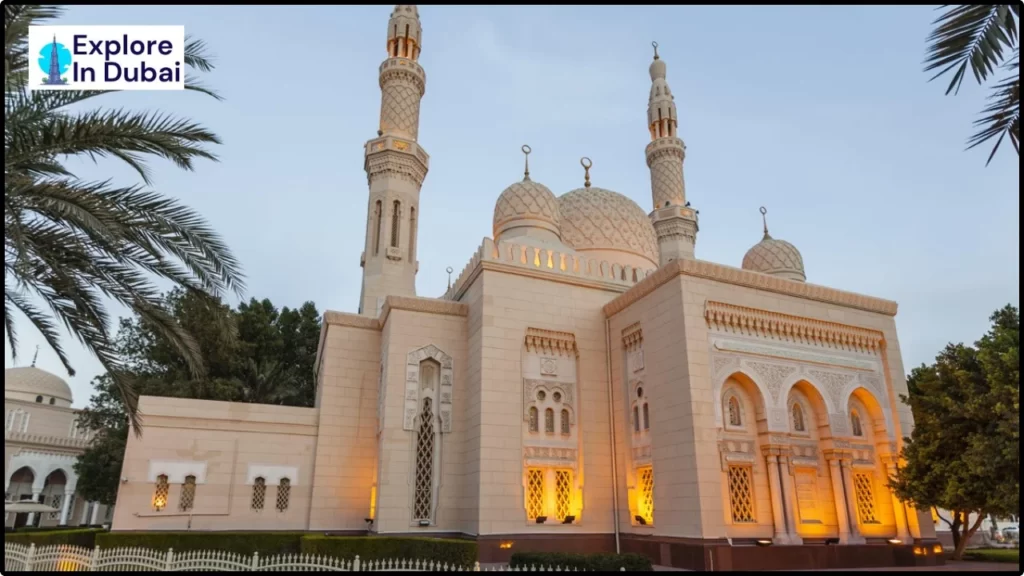
The Exterior of the mosque has a stylish facade that is visible from the outside. The call of the mosque became inspired via the lots of visitors that visited the mosque each month. The outdoors of the mosque is built with pink sandstone and other portions of marble. It was constructed using multicolored marble stones and the Quran verses engraved with stylish stones. The Jumeirah mosque has an engraved dome top with Arabic scriptures drawn in a sample at the dome of the mosque.
The exterior architectural design of the mosque additionally includes minarets, ablution fountain. The complicated design on the domes are visible at the minarets and throughout the outside of the mosque. The mosque has two faces, one among that’s for the nearby citizens whose primary motive is to come pray there. The other face of the mosque is on a hectic road protected via palm timber which makes it a super photographic spot for people.
Dress Code
The idea of the mosque is to be an open space where Islam and its culture are shared with anyone who wants to visit. So there are no restrictions on visiting Dubai except its own style. You go to the mosque dressed accordingly, and it is good to go in and follow the rules free of charge.
Paradoxical as it may seem, the mosque has been central to Open Doors, the Open Minds initiative promoting the emirate, for two decades and is characterized by its open and friendly nature; they can therefore bring Islam and the culture of the country to all who choose to do so. When you visit a mosque, you will notice the hospitality and involvement of the guides who will accompany you on the tour.
As this is a place of worship, get dressed guidelines follow. For women and men, shoulders and knees need to be included always, and your apparel ought to be free-becoming and non-transparent. Ladies, you’ll additionally need to cover your head with a headscarf—but don’t fear if you haven’t packed appropriate apparel; you could borrow conventional attire from the mosque.
Jumeirah Mosque Guide Tour
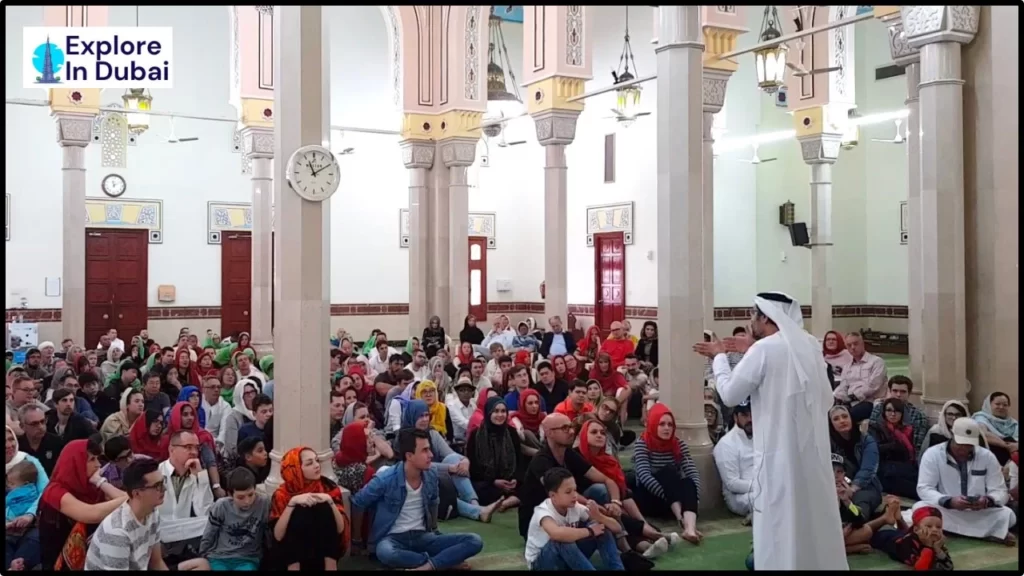
Jumeirah Mosque is not only famous for its impressive architecture but is one of the few mosques in the UAE that offers tours to non-Muslim tourists This tour is run by the Sheikh Mohammed Center for Cultural Understanding at ‘Open Doors, Open Minds ‘ breed. pattern. If you’ve ever wanted to get acquainted with the Islamic faith and local culture, a Jumeirah Mosque tour is a great place to start!
The Jumeirah Mosque tour starts from the Majlis, a seating area in an Emirati house, where visitors must register 30 minutes before visiting. Here visitors can find Emirati refreshments, including Arabic coffee and tea. Afterwards, a tour will take visitors to the Acham area to explain and demonstrate Wudu, the cleansing ritual performed before prayer, and guests will then proceed to the main prayer hall, where they can learn more and ask questions about communities local culture and beliefs.
Timing: The guided tour takes place at 10:00 am from Saturday to Thursday. There are not any excursions of the mosque on Friday.
Jumeirah Mosque Entrance Fee
Although there’s no entrance price to the mosque, the doorway to the mosque costs AED 25 as per person. Advance registration isn’t required, despite the fact that site visitors ought to arrive on the church front 30 minutes previous to the go to.
- Registration starts 30 min prior to the visit.
- Includes Emirati Hospitality.
- Booking is not required.
- Timings may differ during Ramadan.
- Closed on Friday
Tips For Visiting Jumeirah Mosque
- The finest time to visit Jumeirah Mosque is as a rule amid dusk when guests can see the mosque lit up by the setting sun. It’s a lovely location to see and take photos, too!
- While you can take photos inside, make sure you don’t include the locals in your photos. You will find them very friendly and hospitable, but reserved in their religious rituals.
- The Jumeirah Mosque timings for the guided visit for visitors is from 10:00 am every day but on Friday. The Jumeirah Mosque visits from 10:00 am – 08:00 pm every day.
- When going to the mosque, it’s best to wear humble clothing; ladies are asked to cover their hair with a scarf and keep their shoulders secured, agreeing to the Jumeirah Mosque dress code.Guests can too borrow conventional clothing from the mosque itself.
- After your visit to the mosque, you’ll discover there’s so much more to do within the zone. Snatch a speedy food to eat at the diverse cafes along Jumeirah Shoreline Street and shop at Mercato Mall, widely respected as one of the most excellent shopping centers in Dubai. Visit the beachside relaxation hotspot of La Mer and work on your tan at the Jumeirah Open Beach!
- Arrive at the door 30 min some time recently 10:00 am.
- Go with an open intellect additionally your stomach, as they offer breakfast and commonplace drinks.
- If you walk around the exterior of the mosque, the lighting, both characteristic at nightfall and counterfeit when night falls, clears out a commendable picture.
- Respect the rules of conduct at all times.
Jumeirah Mosque Location
If you’re coming from the course of Abu Dhabi, take Exit 50 on E11 toward Al Safa Street/D71. Continue instantly, then turn right onto Al Wasl Road/D92. Turn left onto 5B road, then 12A Street. Finally, turn proper onto 17B Street and Jumeirah Mosque might be at the end of the road.
If you’re coming from the direction of Sharjah, take Exit 53 on E11 in the direction of Al Dhiyafah Street/D73. Continue instantly, then turn left onto Al Wasl Road/D92. From there, turn proper onto 5B Street and follow the equal directions as cited above to reach the mosque.
If you’re trying to use public transport, RTA buses eight, 9 and X28 stop near the mosque. There’s a massive automobile parking space proper next to the mosque, making it very handy for visitors.
Frequently Asked Questions
What is the interior like at Jumeirah Mosque?
The interior features a hypostyle arrangement with pillars, a prayer hall, Qibla wall, high domed ceiling, and intricate ornamentation with Arabic calligraphy. The design follows Islamic principles, and the mosque does not adhere to a specific cultural style.
What is the dress code for visitors to Jumeirah Mosque?
Visitors should dress modestly, covering shoulders and knees. Women are said to cover their heads with a headscarf, but traditional attire can be borrowed from the mosque as well.
Can visitors take a guided tour of Jumeirah Mosque?
The Sheikh Mohammed Center for Cultural Understanding offers guided tours starting from the Majlis, where visitors can learn about Islamic traditions, including the cleansing ritual (Wudu) and explore the main prayer hall.
What is the entrance fee for Jumeirah Mosque?
While there is no entrance fee, the guided tour costs AED 25 per person, and advance registration is not required. Emirati hospitality is included.
When is the best time to visit Jumeirah Mosque?
Dusk is considered the best time to visit when the mosque is illuminated. However, guided tours take place at 10:00 am from Saturday to Thursday.
How do I get to Jumeirah Mosque?
If driving, follow specific directions from Abu Dhabi or Sharjah. Public transport options include RTA buses 8, 9, and X28, with a large parking space available for visitors.
Final Words
The Jumeirah Mosque stands as a striking symbol of Islamic architecture and cultural openness in Dubai. Its elegant design, rich history, and unique opportunity for non-Muslims to explore it help make it a must-visit. The mosque’s commitment to cultural understanding is evident through guided tours, offering visitors the perfect experience to learn about Islamic tradition and appreciate the beauty of this magnificent building. As a beacon of hospitality, Jumeirah The temple welcomes individuals of all faiths to share in the enriching experience of exploring its sacred spaces.

Summiya, content writer, creative writer, poet, and everything in between. passionate about weaving words with simplicity. Beyond love for words, an ardent pet lover.

